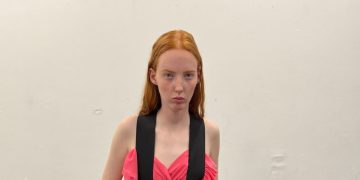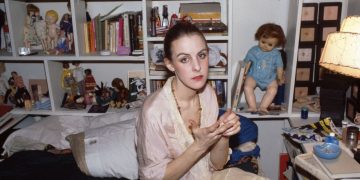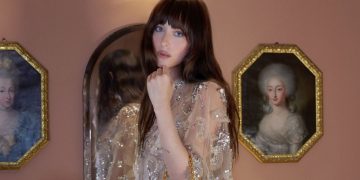Do you have any of Greer’s work, Nan?
I was obsessed with Catholic art for many, many years. I had a collection of bleeding hearts, so Greer made an anorexic Jesus for me. I have another doll that’s a contortionist, but this is the one she made [Goldin lifts the Jesus figure to the screen] especially for me.
Do you remember when she made it?
Well, we were living together, so basically 1981 to ’82—sometime in that period. A lot of people went through there in those years—like, 25 people came and went. She stayed for a year.
You were sharing an apartment, but did you also socialize together?
She wasn’t really a club kid, to the best of my memory. The rest of us went to the Mudd Club, which opened the same week I moved to New York in ’78, all the time. But I don’t recall her going to clubs much. In the ’80s, we each did a lot of drugs, but not together. Greer always laughed when I used to say, “You are the only person I knew who could get addicted to MDMA.” I guess times changed.
You mentioned earlier how magazines were important—that’s how I discovered Greer back in the ’80s in the UK. If I remember correctly, it was an image of her with [trans model and Steven Meisel muse] Teri Toye, perhaps in The Face, or i-D, and Greer’s doll of Teri.
When Greer first came into the downtown scene, she was the only openly trans artist. Sometimes I think she felt like a freak—people were fascinated, but she also felt like that fascination had a twinge of vicariousness. When she met Teri, she idolized Teri, and then they started hanging out together around ’87. Teri and Patrick were living in my house for a while after their wedding, and so Greer and Patrick and Paul [Monroe], Greer’s ex-husband, were hanging out together in my house. Paul had a huge influence on Greer then. Her work was constantly in Paul’s store Einsteins. Most people remember her dolls from those windows.
#Artist #Greer #Lankton #Celebrated #Book #Nan #Goldin #Remembers #Friend














